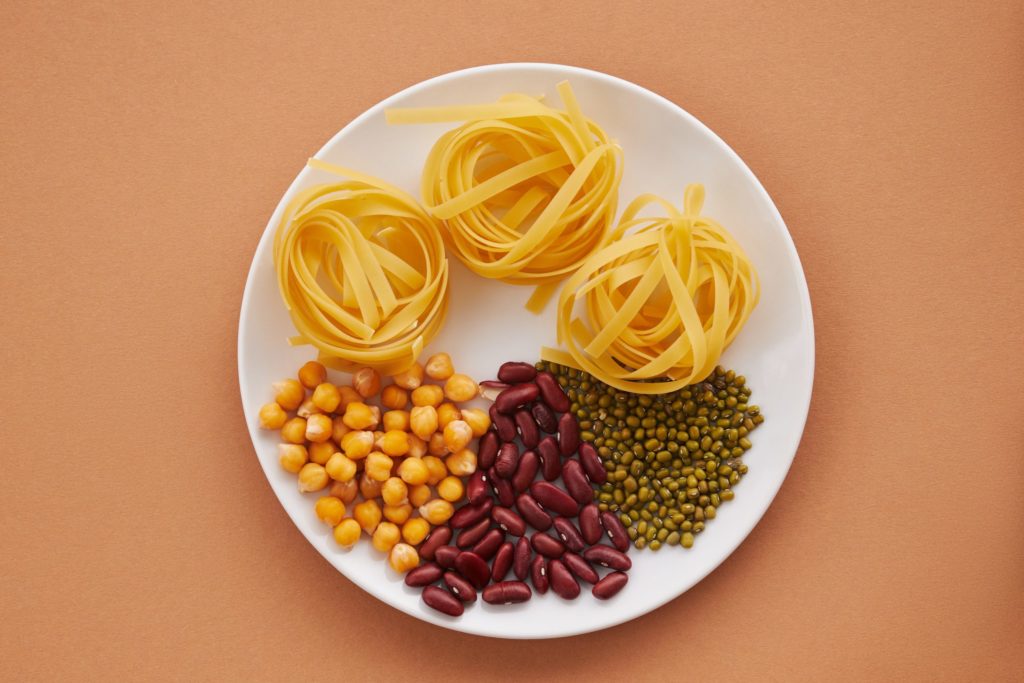
Types of pasta not made from pasta
I know what you are thinking. How can pasta not be made from pasta? Well, when we think of pasta we mostly picture the traditional Italian pasta and their sauces. Spaghetti Bolognese, pene a la Carbonara, linguini al pesto, ravioli, tortellini…
The dough for all these pastas is usually made with wheat flour, water, salt, olive oil and eggs. But you may want to enjoy pasta while avoiding some of these products for a number of reasons. Maybe you are allergic or intolerant to one or more of those ingredients, you might be following a vegan diet, or you might simply want to experiment and expand your culinary horizons with new flavors and cooking techniques.
Whatever your reasons, there are a series of pastas which are not made following the traditional Italian recipes. Some of these alternative forms of pasta have their origin in other cultures which might historically not have had access to those ingredients but instead had an abundance of others. Others have been born more recently, directly from the minds of innovative chefs looking to mix things up and surprise us with new textures and flavors.
Let’s take a look at some of the most popular alternative forms of pasta.
Rice pasta
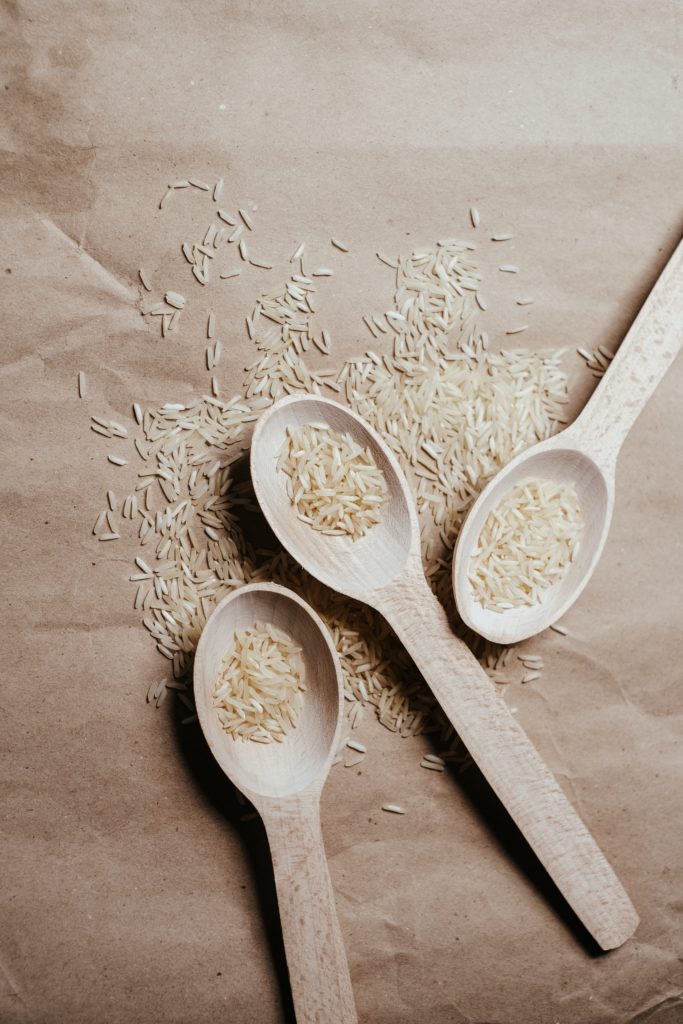
Rice pasta is a gluten-free alternative to traditional wheat pasta. It is made from rice flour and water, and is available in a variety of shapes and sizes. Rice pasta is a good source of complex carbohydrates and fiber, and is also lower in calories than traditional pasta.
With its mild flavor and firm texture, rice pasta can be used in a variety of recipes, including soups, casseroles, and stir-fries. If you’re looking for a gluten-free pasta option, rice pasta is a great choice.
Rice pasta is a big part of traditional cuisine in may parts of the world, especially Asia. There are many different theories about the origins of rice pasta. One of the most accepted suggests that it was first developed in China, but there is no real consensus about it, and it might just be that we attribute it to China because of how popular this type of pasta has become in their traditional cuisine over time.
Quinoa pasta
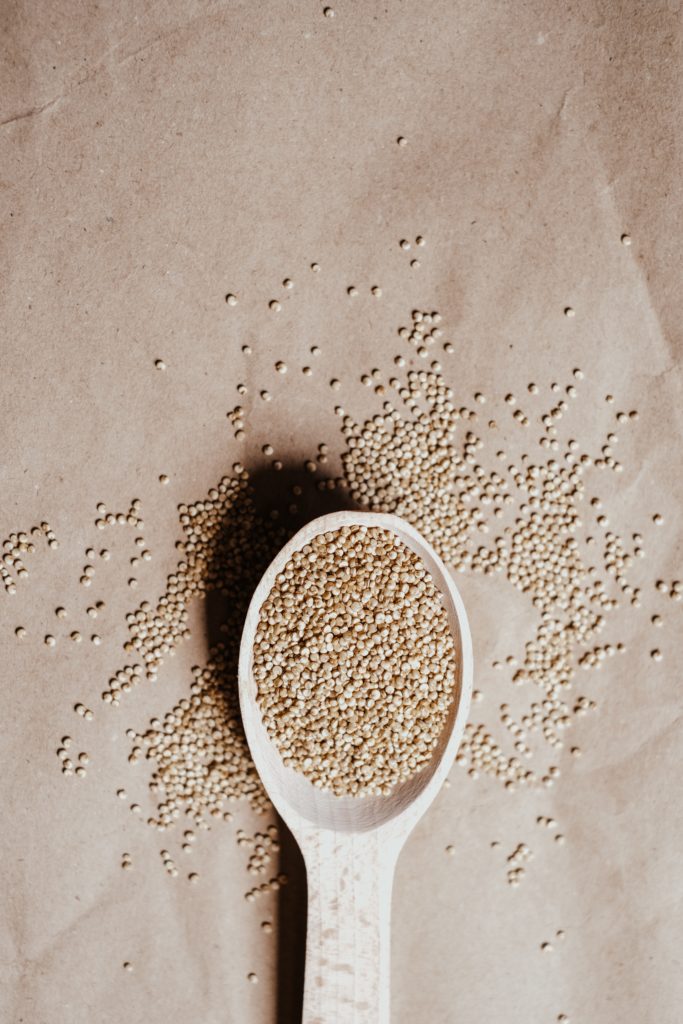
Quinoa pasta is made from quinoa flour, which is a gluten-free grain that is native to South America. Quinoa has been cultivated for centuries in the Andes Mountains and was a staple food of the Inca civilization. The quinoa plant produces small, round seeds that are similar in appearance to couscous or rice. When quinoa flour is combined with water and kneaded, it forms a sticky dough that can be used to make pasta.
If you’re looking for a delicious, nutritious alternative to traditional pasta, quinoa pasta is a great option. Made from 100% whole grain quinoa, this pasta is packed with protein and fiber, and is gluten-free. Quinoa pasta has a light, fluffy texture and a slightly nutty flavor that pairs well with a variety of sauces and seasonings. Plus, it’s quick and easy to cook, making it a perfect weeknight meal. Give quinoa pasta a try the next time you’re looking for a healthy, delicious pasta option!
Bean pasta
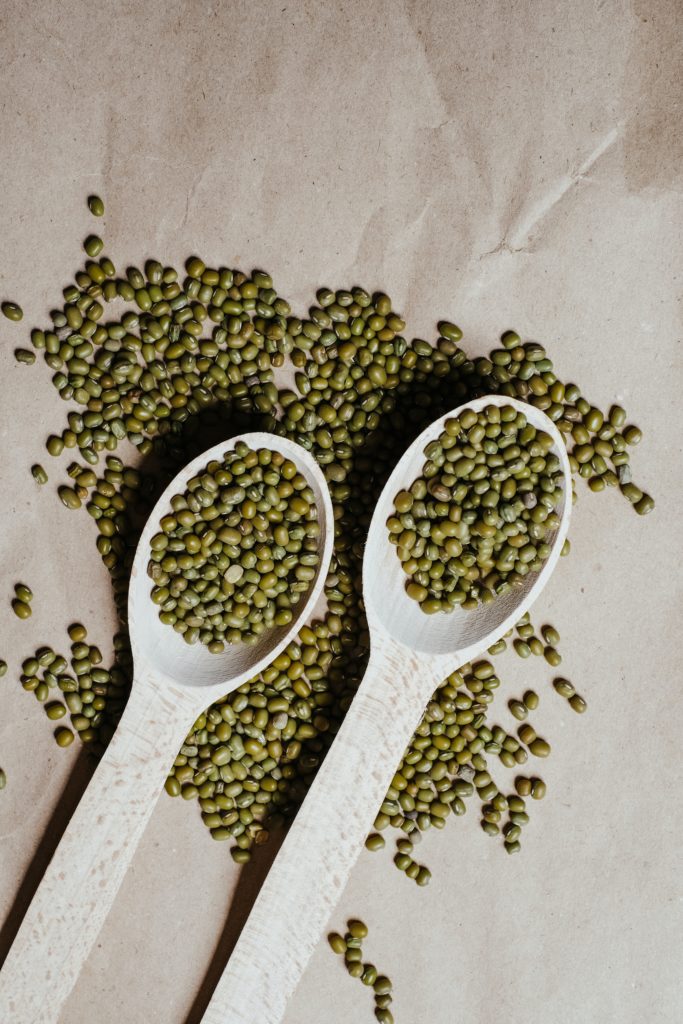
Bean pasta is usually made from a mixture of different types of beans, such as cannellini beans, chickpeas, and lentils. The beans are ground into a flour and then mixed with water to form a dough. The dough is then extruded through a pasta machine to create the desired shape.
It is a staple food in many parts of the world, especially in Italy, and is not new by any stretch of the imagination. It was first mentioned in a cookbook from the 14th century, and the first known recipe for bean pasta was published in the 16th century.
It is a healthy alternative to traditional pasta made from wheat flour, it is high in protein and fiber, and it is gluten-free. It is also a good source of iron and folate. Bean pasta can be used in any recipe that calls for pasta, such as spaghetti, lasagna, or macaroni and cheese. Overall, a great choice for those who are looking for a healthy alternative to traditional pasta.
Veggie pasta
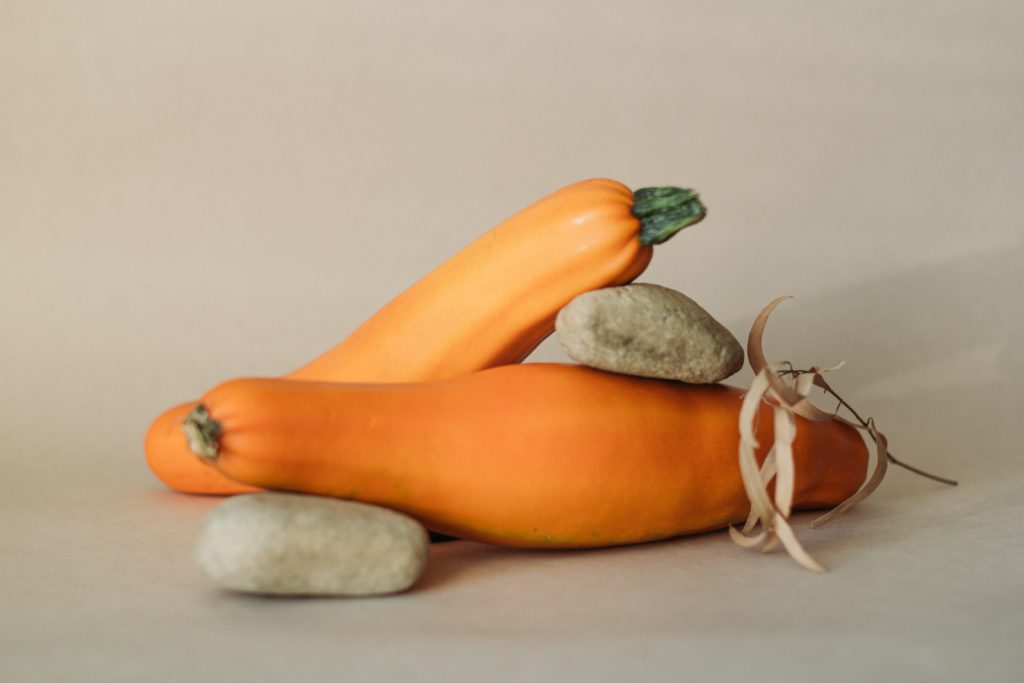
To be fair, calling veggie pasta, pasta, is a stretch. Unlike the other pasta alternatives which kind of followed a similar recipe, replacing some ingredients, veggie pasta only resembles pasta in its shape.
Veggie pasta is actually pure vegetables. Using a special type of shredded vegetables such as zucchinis or carrots are given a spaghetti-like shape and then cooked as such, even with traditional sauces such as pesto.
Even though veggie pasta is further away from what we know as pasta, it is still great option to spice up your diet or get the kids to eat their vegetables in a fun way!
What kind of “pastas” will come next?
There you have it! A whole world of pasta which are not your traditional pasta. Of course, you also have different varieties, like gnocchi made out of potatoes, or stuffed pasta that also differ from the regular dry pasta. And, with the popularity of pasta and Italian food in general around the world, I’m sure chefs and cooking enthusiasts will keep experimenting and we will see more pasta alternatives becoming popular in the next few years.
If you have any favorite recipe of your own of “non-pasta”, feel free to share it in the comments section below!


[…] the boundaries, but all of them vegan-friendly or easy to adapt to fit a 100% truly vegan diet. Take a look at these alternative types of pasta, I’m sure they’ll also inspire […]